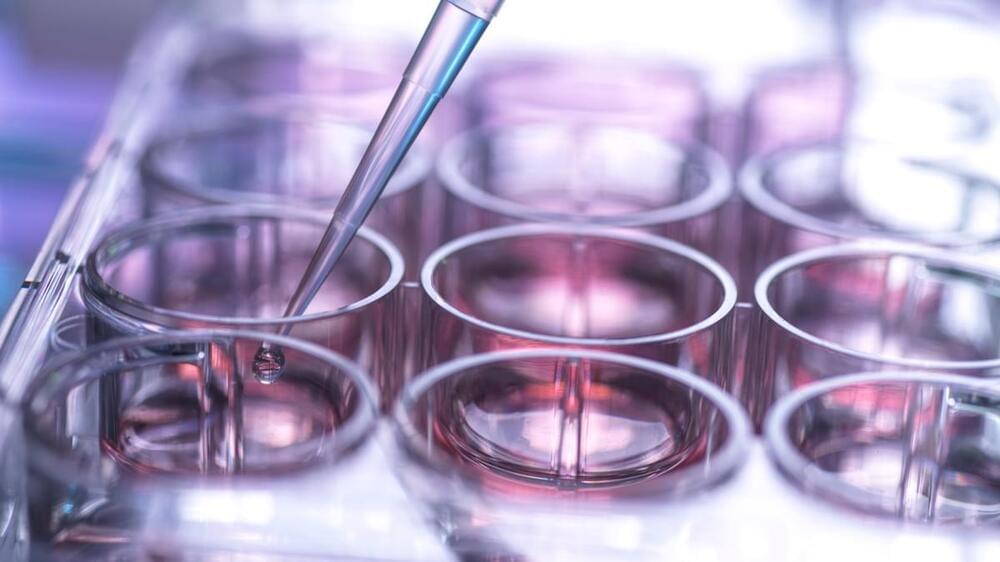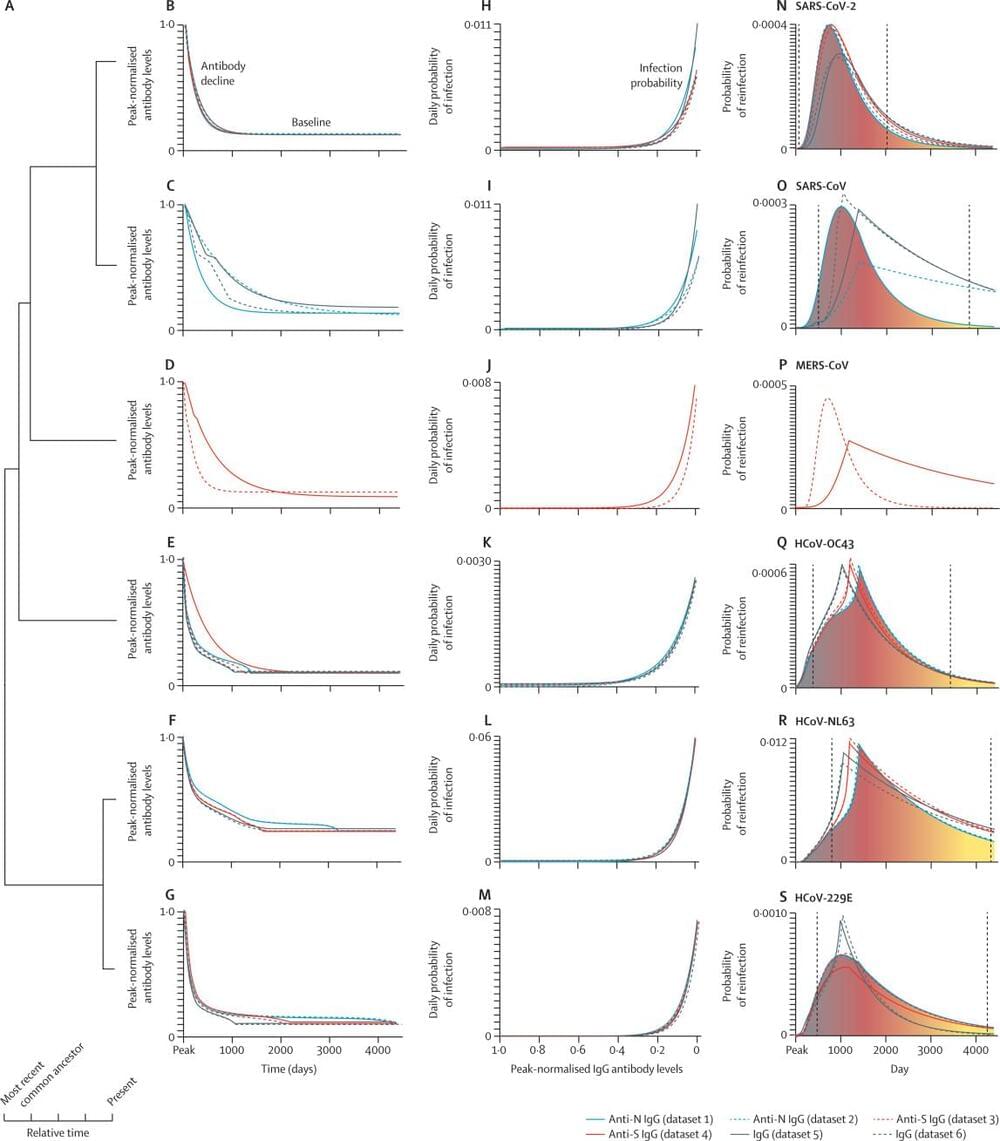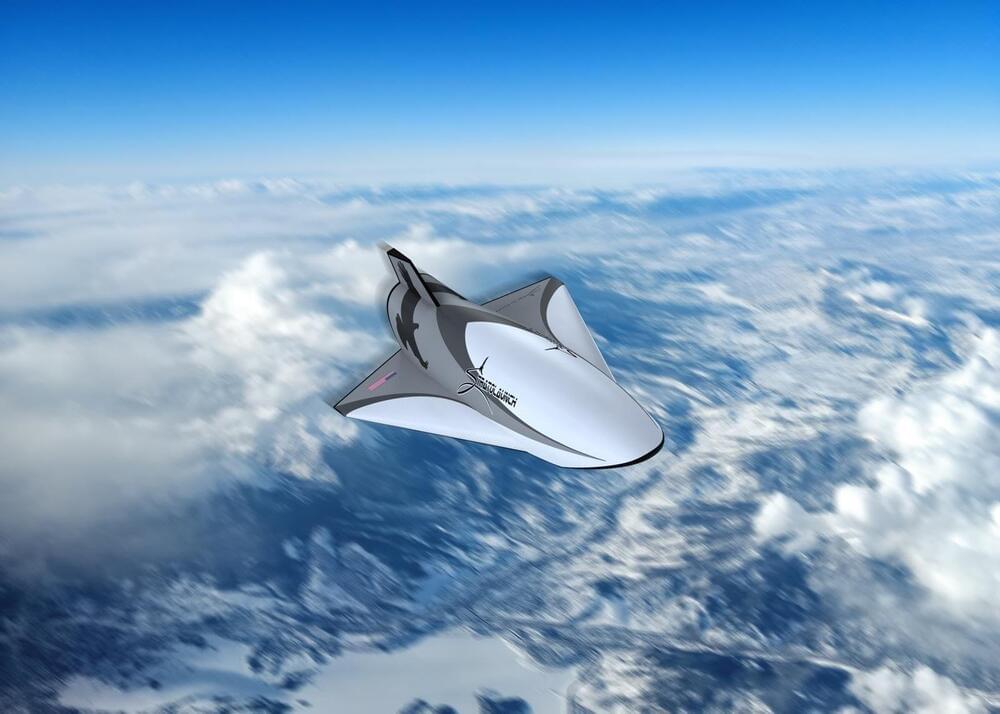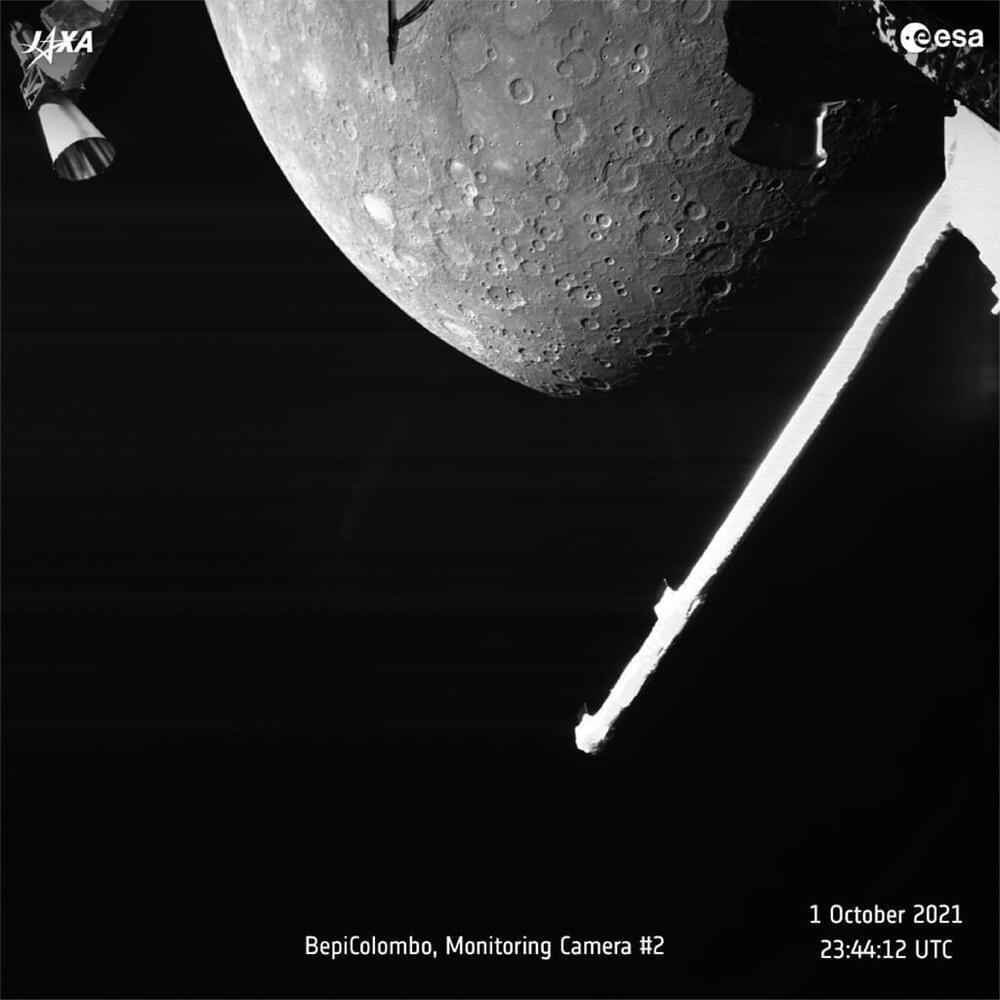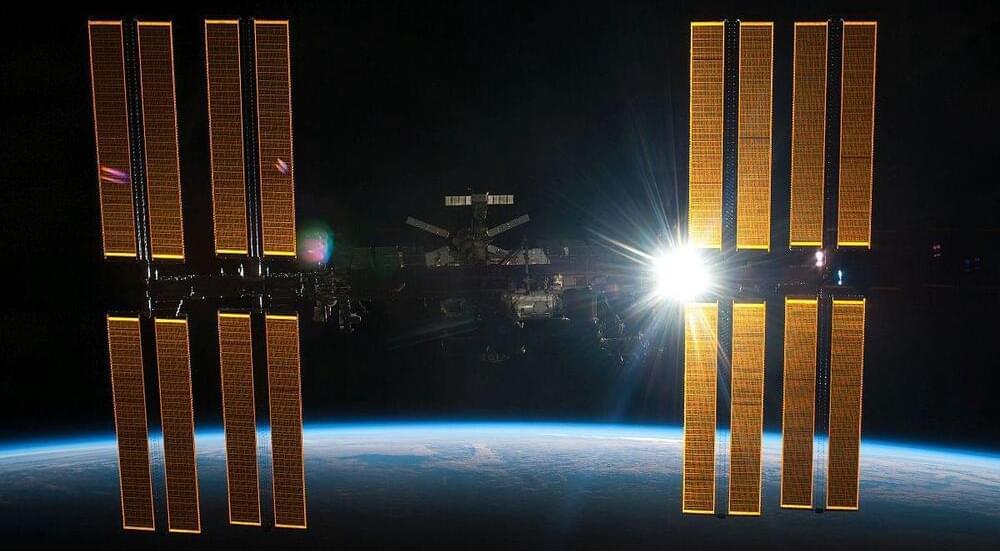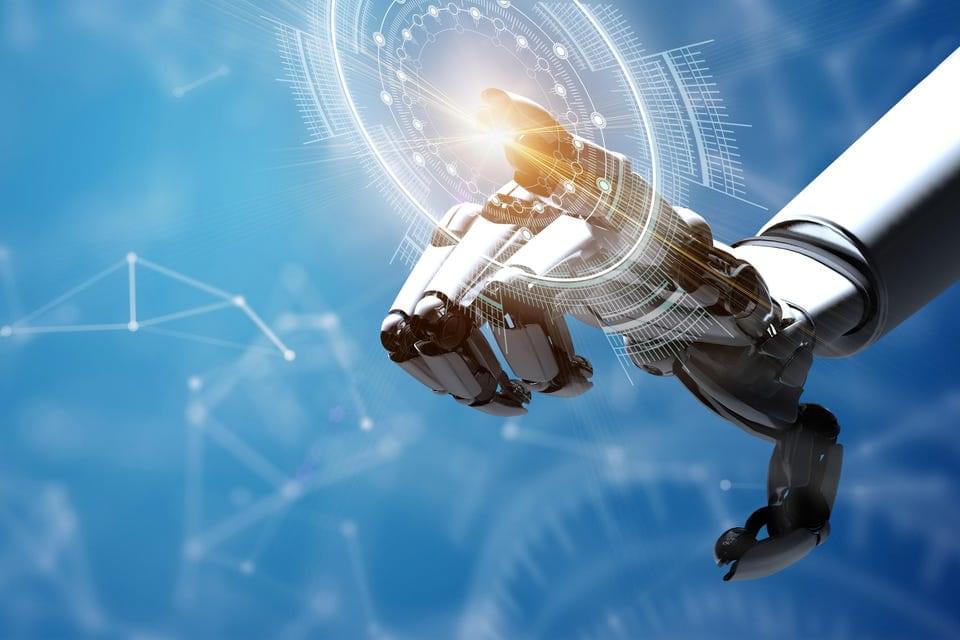Oct 2, 2021
How Machine Learning Is Identifying New, Better Drugs
Posted by Kelvin Dafiaghor in categories: biotech/medical, chemistry, information science, robotics/AI
When Dr. Robert Murphy first started researching biochemistry and drug development in the late 1970s, creating a pharmaceutical compound that was effective and safe to market followed a strict experimental pipeline that was beginning to be enhanced by large-scale data collection and analysis on a computer.
Now head of the Murphy Lab for computational biology at Carnegie Mellon University (CMU), Murphy has watched over the years as data collection and artificial intelligence have revolutionized this process, making the drug creation pipeline faster, more efficient, and more effective.
Recently, that’s been thanks to the application of machine learning—computer systems that learn and adapt by using algorithms and statistical models to analyze patterns in datasets—to the drug development process. This has been notably key to reducing the presence of side effects, Murphy says.
